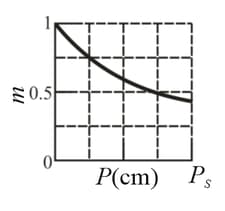An object is moved along the central axis of a thin lens while the lateral magnification is measured. Figure gives versus object distance , out to . What is the magnification of the object when the object is from the lens?
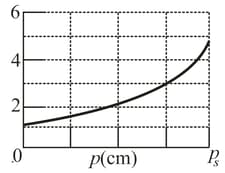


Important Questions on Images
In a microscope of the type shown in the figure, the focal length of the objective is and that of the eyepiece is The distance between the lenses is (a) What is the tube length ? (b) If image in the figure is to be just inside focal point , how far from the objective should the object be? What then are the lateral magnification of the objective.
(d) the angular magnification of the eyepiece, and (e) the overall magnification of the microscope?
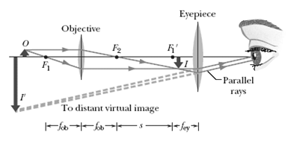
In the figure, and index of refraction A paperweight is constructed by slicing through the sphere along a plane that is from the center of the sphere, leaving height The paperweight is placed on a table and viewed from directly above by an observer who is distance from the tabletop (Figure). When viewed through the paperweight, how far away does the tabletop appear to be to the observer?
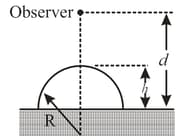
The figure gives the lateral magnification of an object versus the object distance from a lens, as the object is moved along the central axis of the lens through a range of values for out to What is the magnification of the object when the object is from the lens?
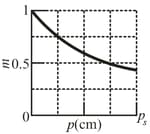
Object stands on the central axis of a thin symmetric lens. For this situation, each problem in table refers to the lens type, converging or diverging the focal distance the object distance the image distance and the lateral magnification (All distances are in ) It also refers to whether the image is real or virtual inverted or non-inverted from and on the same side of the lens as or on the opposite side. Fill in the missing information, including the value of when only inequality is given. Where only a sign is missing, answer with the sign.
The figure gives the lateral magnification of an object versus the object distance from a spherical mirror, as the object is moved along the mirror's central axis through a range of values for . The horizontal scale is set by . What is the magnification of the object when the object is from the mirror?
